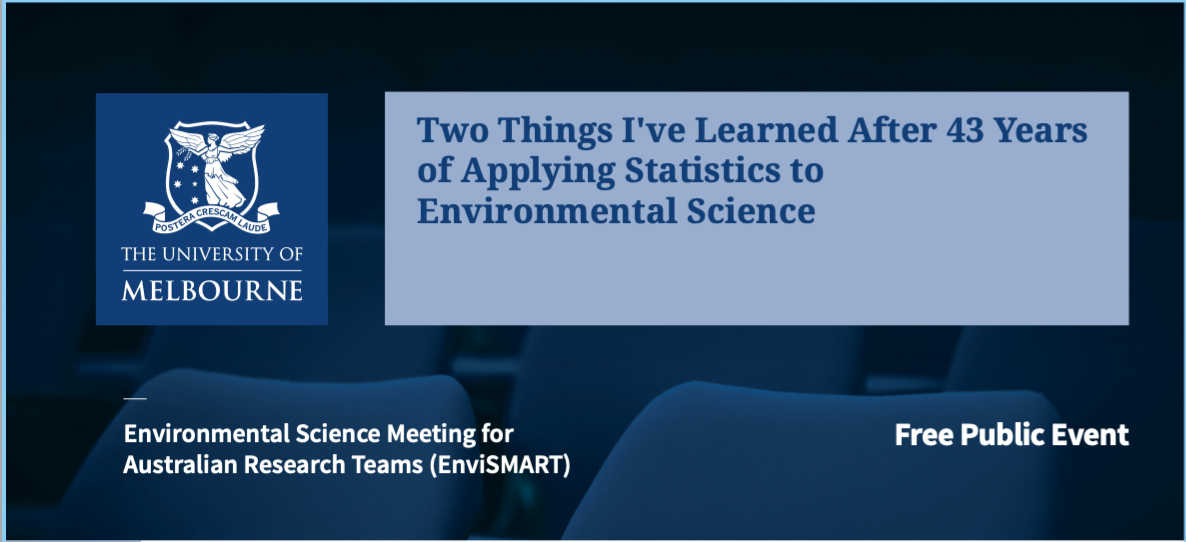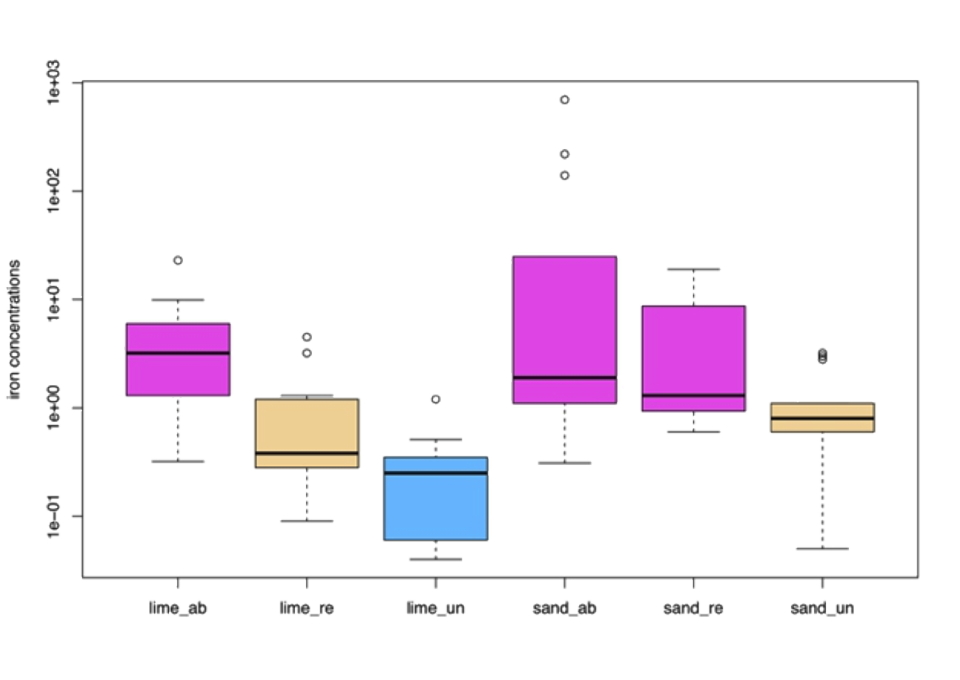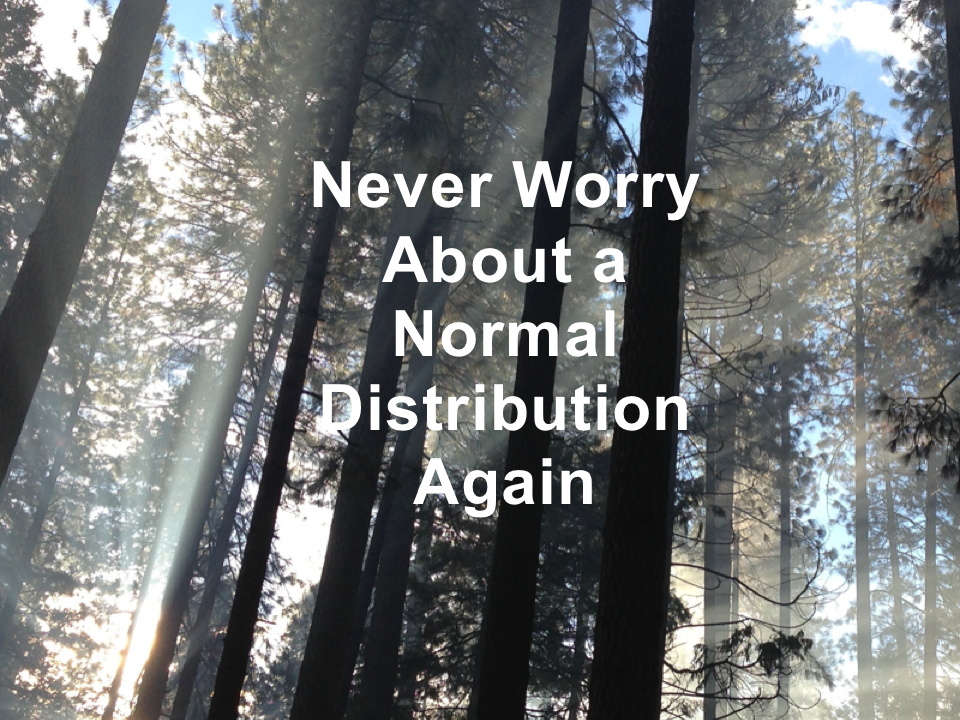Seven Perilous Errors in Environmental Statistics
Seven common errors to avoid!
Seven common errors in statistical analysis by environmental scientists all stem from an outdated understanding of statistics. I'll define the seven 'perilous errors' and how each can be avoided. They revolve around old ideas about hypothesis tests, p-values, using logarithms of data, evaluating what is a good regression equation, evaluating outliers and dealing with nondetects. Understanding why each error is perilous can save the scientist from publishing incorrect statements, using inefficient analysis methods, and wasting scarce financial resources. These errors have persisted through the years -- break the cycle and step into the 21st Century.
approx. 53 mins (<8 minutes per error!)
1. pdf of Powerpoint slides
2. Q&A from the webinar




